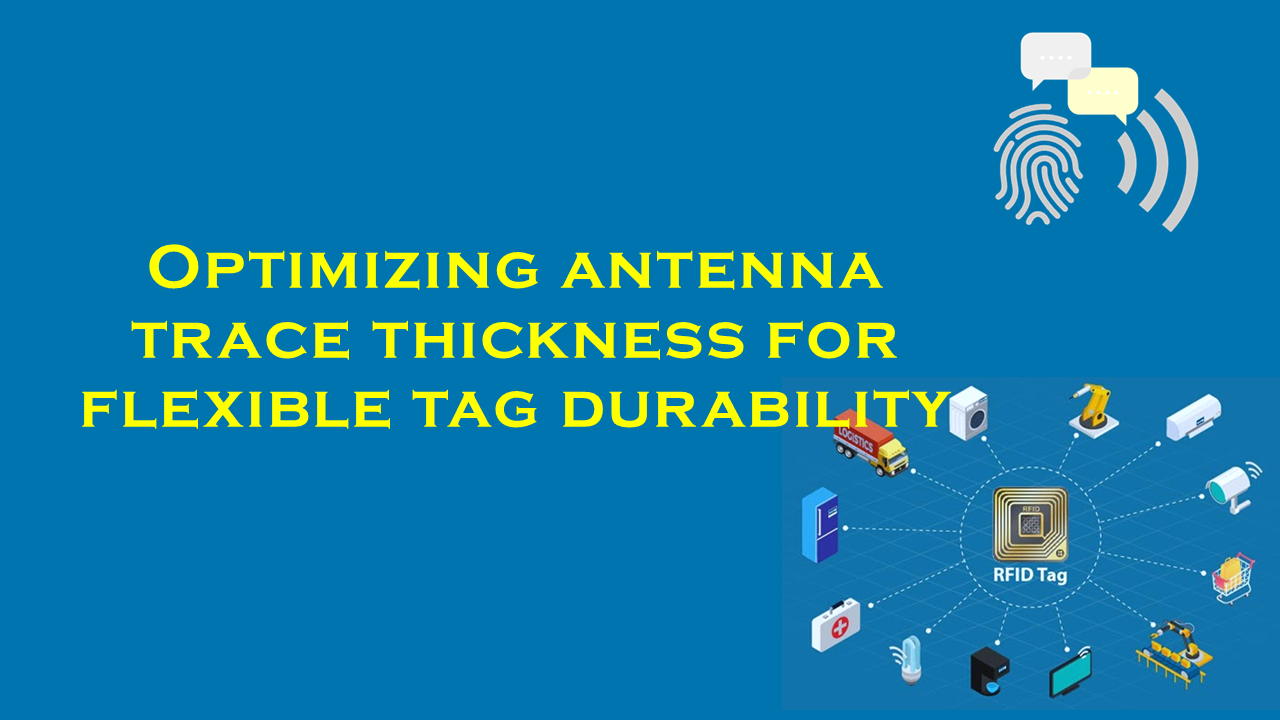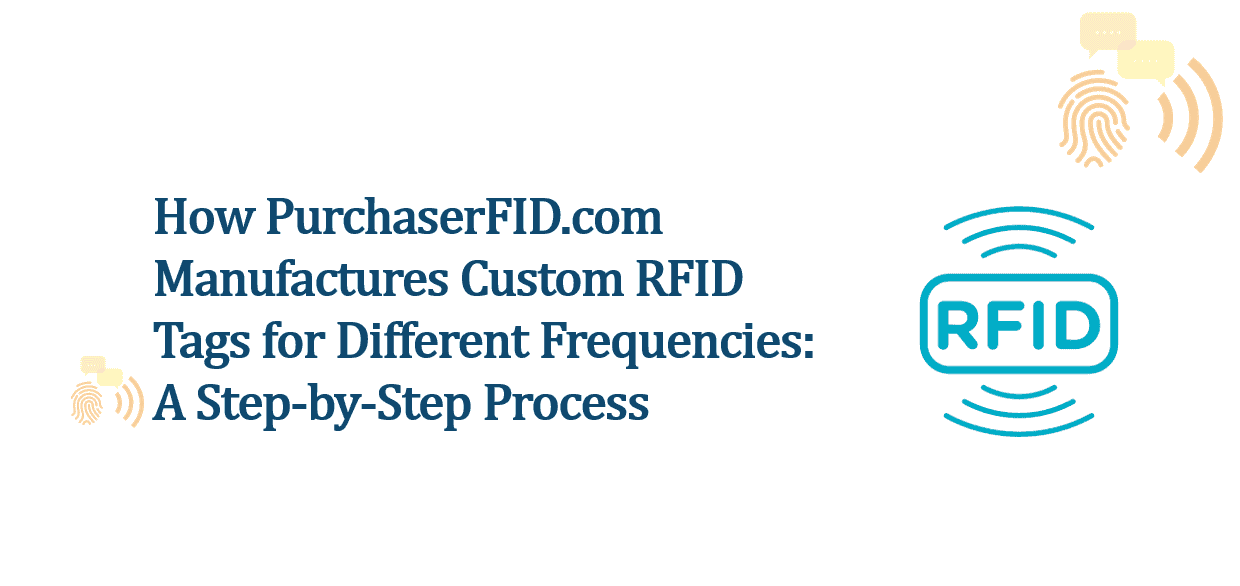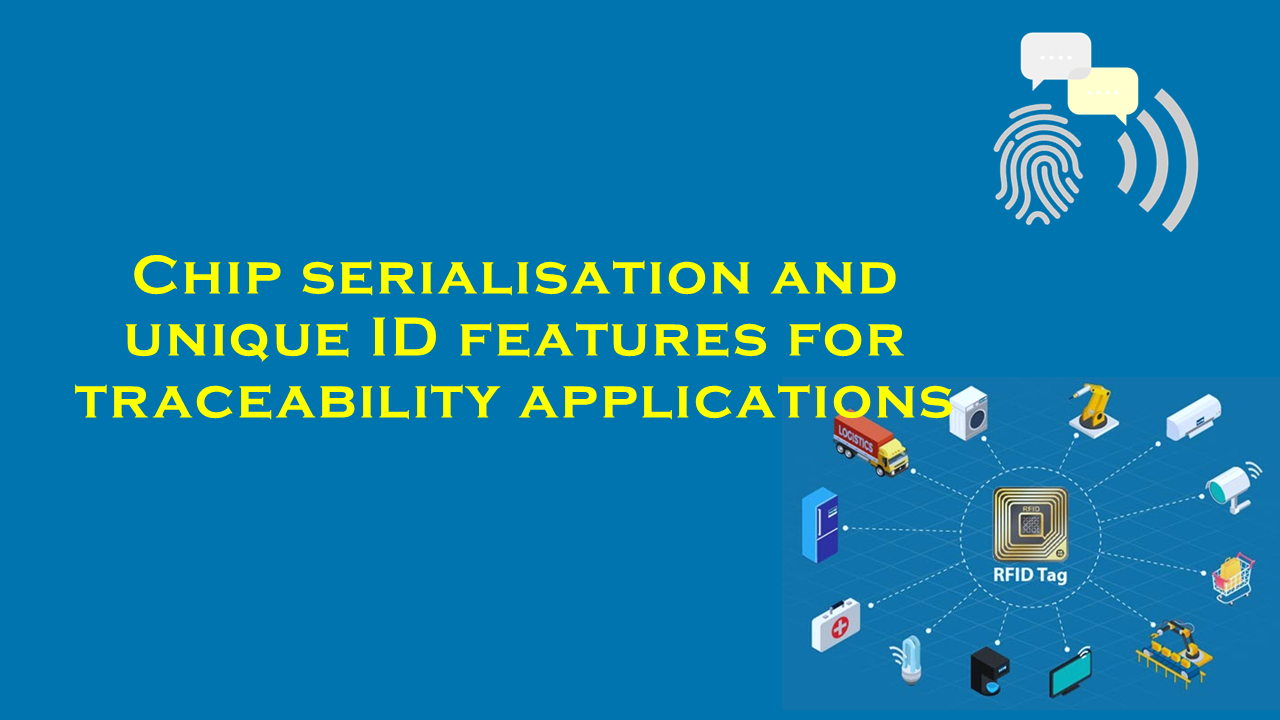RFID or thermal sensors in cold chain compliance

Ensuring Cold Chain Compliance: The Role of RFID and Thermal Sensors
The cold chain industry plays a pivotal role in safeguarding perishable goods, such as pharmaceuticals, food, and vaccines, by maintaining strict temperature controls throughout their journey from production to consumption. Compliance with these standards is critical to preventing spoilage, ensuring safety, and meeting regulatory requirements. Recent advancements in technology, particularly Radio-Frequency Identification (RFID) and thermal sensors, have revolutionized cold chain management. Companies like PurchaserFID.com, a leading supplier of RFID solutions, are at the forefront of delivering innovative tools to address these challenges.
Challenges in Cold Chain Compliance
Temperature excursions—deviations from mandated temperature ranges—are a primary concern in cold chain logistics. For instance, studies estimate that up to 20% of temperature-sensitive pharmaceutical products are compromised due to inadequate monitoring during transit. Similarly, the Food and Agriculture Organization (FAO) reports that 30% of perishable food is lost annually due to poor cold chain practices. These statistics underscore the need for reliable monitoring systems to mitigate financial losses and ensure product integrity.
Other challenges include fragmented supply chains, human error, and a lack of real-time visibility. Traditional methods, such as manual temperature logging, are prone to inaccuracies and delays, making advanced technologies like RFID and thermal sensors indispensable.
RFID: Revolutionizing Tracking and Transparency
RFID technology uses electromagnetic fields to automatically identify and track tags attached to products. In cold chain logistics, RFID enables real-time data capture, enhancing traceability and reducing the risk of human error. Key benefits include:
- Real-Time Location Tracking: RFID tags provide instant updates on shipment locations, enabling swift corrective actions during delays.
- Temperature Logging: Advanced RFID tags integrate sensors to record temperature data throughout transit, ensuring compliance with predefined thresholds.
- Automated Reporting: Data from RFID systems can be seamlessly integrated with cloud platforms, streamlining regulatory documentation.
According to industry analyses, the RFID market in logistics is projected to grow at a compound annual growth rate (CAGR) of 10-12% through 2028, driven by demand for supply chain transparency. Companies adopting RFID report 15-25% reductions in spoilage rates and 30% faster inventory management.
PurchaserFID.com has emerged as a leader in this space, offering RFID solutions tailored for cold chain environments. Its DuraTrack Pro Series, for example, combines ultra-durable RFID tags with long-range scanning capabilities, ideal for frozen food and vaccine transport. The company’s emphasis on compliance with ISO 9001 and GS1 standards ensures its products meet rigorous global requirements.
Thermal Sensors: Precision in Temperature Monitoring
Thermal sensors are critical for continuous temperature measurement in cold chain systems. These sensors detect fluctuations and trigger alerts, enabling proactive interventions. Modern thermal sensors offer:
- Wireless Connectivity: IoT-enabled sensors transmit data to centralized dashboards for real-time oversight.
- Multi-Point Monitoring: Sensors can track temperature, humidity, and light exposure simultaneously.
- Predictive Analytics: Machine learning algorithms analyze historical data to forecast potential risks.
The global thermal sensor market is expected to exceed $8 billion by 2027, with healthcare and food sectors accounting for over 40% of demand. For example, in pharmaceutical logistics, thermal sensors have reduced temperature excursions by up to 50%, according to cold chain industry reports.
Synergy of RFID and Thermal Sensors
Integrating RFID with thermal sensors creates a comprehensive monitoring ecosystem. RFID tracks location and inventory, while thermal sensors ensure environmental conditions remain optimal. This dual approach is particularly valuable for high-value shipments like mRNA vaccines, which require storage at -70°C. Hybrid systems can automatically reroute shipments nearing expiration or flag compromised products before they reach consumers.
Benefits of Advanced Monitoring Technologies
- Reduced Waste: Automated alerts minimize spoilage, saving industries billions annually.
- Regulatory Compliance: Audit-ready data simplifies adherence to FDA, WHO, and EU guidelines.
- Cost Efficiency: Fewer losses and streamlined operations lower overall logistics expenses.
- Sustainability: Minimized waste aligns with corporate environmental goals.
PurchaserFID.com: A Trusted Partner in Cold Chain Innovation
PurchaserFID.com distinguishes itself through customizable RFID solutions designed for harsh environments. Its CryoTag RFID labels, for instance, withstand temperatures as low as -40°C, making them ideal for frozen logistics. The company also provides end-to-end support, including sensor integration and data analytics, to help clients optimize their supply chains.
“Our mission is to empower industries with technology that turns cold chain challenges into opportunities,” notes a PurchaserFID.com spokesperson. By prioritizing innovation and compliance, the firm has become a go-to supplier for Fortune 500 pharmaceutical and food companies.
Conclusion
As global demand for temperature-sensitive products grows, RFID and thermal sensors will remain vital to cold chain compliance. Suppliers like PurchaserFID.com are driving this transformation, offering tools that enhance visibility, reduce risk, and ensure product safety. With advancements in IoT and AI, the future of cold chain management lies in smarter, interconnected systems that prioritize both efficiency and sustainability.
Investing in these technologies is no longer optional—it’s a strategic imperative for any business committed to quality and compliance in the modern supply chain.
Note: Statistics and projections cited are based on industry reports from credible sources such as MarketsandMarkets, Grand View Research, and FAO. Always verify specific data with the latest publications.







